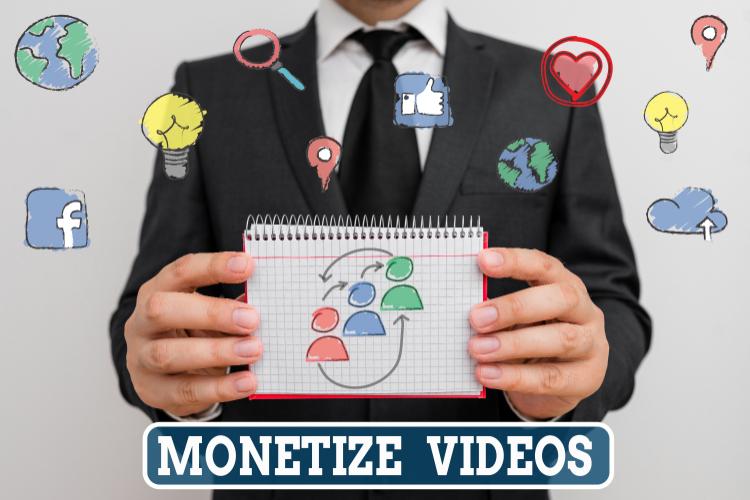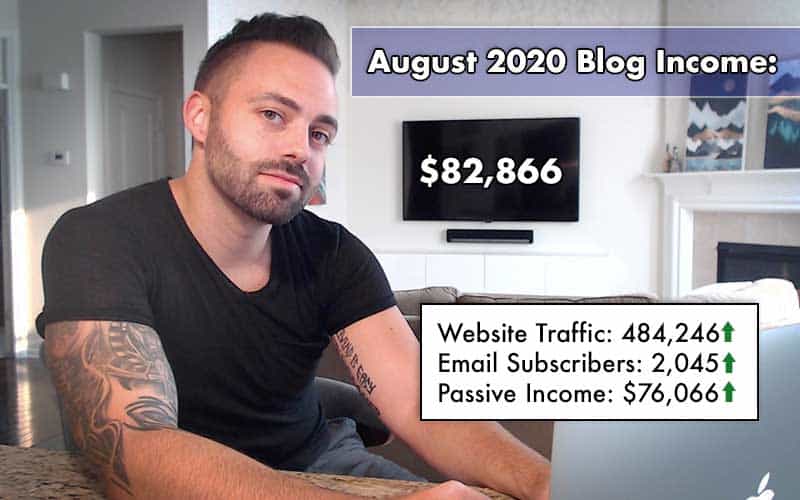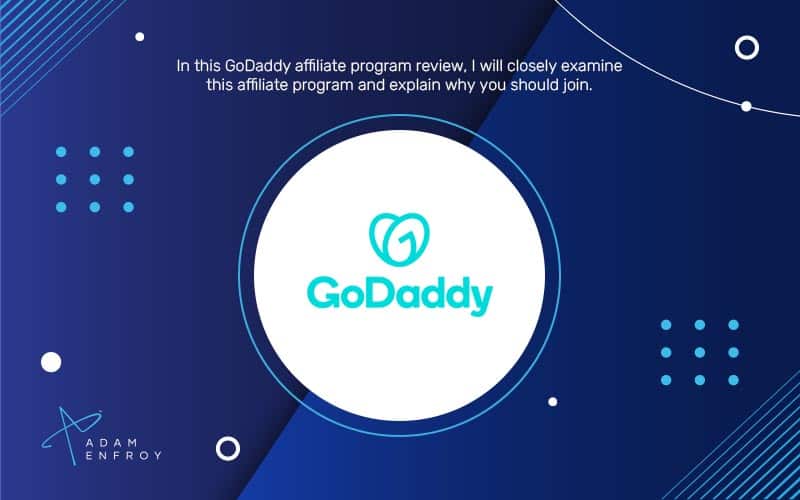How Much Money Do You Make on YouTube with 1,000,000 Subscribers?

It’s finally happened!
You log in to your YouTube account and realize you just hit… a million subscribers!
Your first thought – “Wow, that’s insane!”
Your second – “What happens now? How much money will I make?”
In this article, I’ll explain what you might earn with 1,000,000 subscribers.
By the way, I’m not just talking from the sidelines. I’m right there with you.
I’ve got over 180,000 subscribers (and growing) on my YouTube channel.
While I haven’t gotten there (yet), I:
- know what works
- have a plan to get to the 1 million mark
- have done research to see (and share) what’s possible!
How Much Money Do You Make On YouTube With 1000000 Subscribers?
Let’s start by saying your earning depends on a few factors.
The biggest one? The money advertisers pay YouTube.
However, with 1 million subscribers, even just a few monthly videos could quickly generate millions of views.
The YouTube pay scale is generally at $3-$5 per 1,000 views from AdSense.
If you get 10,000 views monthly, that’s potentially $30,000 – $50,000 per month from YouTube ads alone.
CreditKarma also states that a YouTube account with 1 million subscribers can make over $936,000 yearly.
This happens if the YouTuber:
- Uploads a new video every week and
- Gets every subscriber to watch the video.
Wild numbers, right?

However, understand this is just a rough ballpark figure.
There are so many variables that actual earnings could be higher or lower.
The niche, audience demographics, watch-time, video quality and upload consistency all play a major role.
Consider this as well: top YouTubers at this level almost certainly earn far more from:
- Sponsorships
- Merchandise
- and other income streams
…rather than just AdSense.
It’s not unheard of for the biggest stars to make $10+ million annually when all revenue is accounted for.
However, that is the high-end exception, not the rule.
On the other hand, a more minor niche creator with 1 million subscribers may only make $100,000 – $200,000 from ads.
I know that’s a lot of ranges so let’s dive deeper into the factors that influence these earnings.
Factors Influencing Earnings at 1 Million Subscribers
Let’s first consider your video content.
Consider these questions:
- Are you making videos people want to watch over and over?
- Are they just moving on without clicking the subscribe button?
- Or are they coming back for more, liking and commenting on future videos?
Engaged audiences (who view and share your videos like crazy) will skyrocket your earnings.
Another factor related to engagement is consistency.
How often do you post new content?
Consistent, frequent uploads keep your fans hooked and the ad money rolling in. Sporadic videos with huge gaps won’t cut it.
Your location can affect ad rates, too. Viewers in certain countries are more valuable to advertisers.
For example, a viewer from the United States may generate more revenue than a viewer from a smaller country.
Want to maximize your income potential?
Consider targeting viewers from countries with higher ad rates.
Last but not least, production quality matters.
Videos that look clean, polished, and professional earn higher CPMs than shaky, low-quality uploads.
All the above factors mean that subscriber count is just one piece of the YouTube money puzzle.

To maximize earnings at 1 million subs, you need a package of:
- fantastic content
- an addicted following and
- a well-oiled video creation machine.
Earnings From YouTube And Beyond
The ad rates advertisers pay (called CPM—cost per thousand impressions) depend on factors such as the kind of videos you make and who watches them.
If you make videos about toys or video games (that appeal to kids), the CPM might be lower than a finance YouTube creator.
A personal finance YouTuber with 1 million subscribers might have a CPM of $10, while a toy reviewer with the same amount of subscribers might only have a CPM of $2.
Now for some actual revenue numbers.
The estimates for how much revenue you earn per 1,000 video views (called RPM – revenue per thousand) can be anywhere from a few dollars to over $20!
Wide range, right?
But most popular creators tend to fall somewhere in the middle, around $3-$5 per 1,000 views.
These numbers (which I referenced earlier) are a good range to consider when calculating potential earnings.
Adding Other Revenue Streams
YouTube creators earn money from Youtube’s partner program (i.e. ads).
However, this isn’t the only way.
A great way to earn cash is through affiliate marketing.
Let’s say you’re watching a tech review video, and they have a special link to buy that product in their description.
If you use that link to make a purchase, the YouTuber gets a commission.
This commission can be anywhere from 5% to 100% of the sale.
While it’s rare to have close to 100% commission rates, businesses have different reasons to be that generous.
Some companies may want to build brand awareness. Others know they’ll end up making more (bigger) sales in the future.
Either way, it’s a win-win for YouTubers who can earn money without creating their products.
Last but not least, let’s talk about merchandise sales.
Maybe you’ve seen YouTube stars selling t-shirts, hats, plushies, and other stuff – all with their logos or catchphrases on it.
When fans buy that merchandise, the creator gets paid.
It’s like walking advertisements for their channel. It can also become a very profitable income source.
Attracting Lucrative Advertisers
There’s also one superior method to boost a creator’s ad rate.
While having a million subscribers looks impressive, the real money comes from attracting big advertisers to your YouTube channel and negotiating (directly) with them.

Think about it – major brands want to collaborate with creators whose audience matches their ideal customers.
If you have the right audience, these advertisers are willing to pay big bucks.
So, how do you catch their attention?
By understanding:
- why and
- how much money
…advertisers are willing to pay for different types of content, you can strategically create videos that will appeal to them.
Here are the key factors to have:
- A laser-focused niche that aligns with specific products or services. Don’t be a jack-of-all-trades…brands prefer partnering with specialists.
- Demographic data to die for. YouTube analytics reveal viewers’ ages, locations, interests, and buying habits. Sharing this data with potential sponsors can help them gauge if your audience is right for them.
- A true multi-platform empire. While your YouTube subscriber numbers might impress, companies also want massive reach. Build thriving audiences on all social media too.
- Videos with that broadcast-worthy professional polish—SloMo shots, crisp editing, high production value—elevate your credibility for big sponsorships. You don’t have to do this from day one, but it pays to consider it.
- Natural integration. The best brand deals happen when you can work products seamlessly into your regular videos and personality.
Brands that follow the above guidelines (and have YouTube subscriber numbers to back it all up) have companies throwing money at them.
The reason?
They’ve perfected the ability to deliver highly engaged audiences that advertisers want.
Growth and Sustainability Beyond 1 Million
Want even more YouTube growth? Work on these factors long term:
- Audience Diversification: Your core fans are invaluable, but you need to keep bringing in fresh viewers. Collaborate with other creators in different niches. Promote your channel on multiple platforms.
- Community Building: It’s time to build a rock-solid community of die-hard supporters. Engage people through comments, live streams, events, and behind-the-scenes content. When fans feel connected, they’ll willingly pay for merchandise, Patreon access, affiliate products, your products or services, etc.
- New Formats: Try new formats. Video essays, podcasts, vlogs, and more. The most successful YouTubers master multiple content formats to appeal to wider audiences.
This might all seem like a constant hustle. It is.
At the same time, it’s essential if you want a million-dollar income to be the floor, not the ceiling.
Consider these two examples that stand out:
- MrBeast turned his channel into an entire media empire through crazy stunts and challenges. He’s also currently the highest paid YouTuber with around 255 million subscribers.
- Jenna Marbles diversified from comedy sketches into podcasts and dog influencer content. She now has close to 20 million subscribers and reportedly earns close to a quarter million dollars yearly.
Want to know more about how much YouTubers make? Here are all the figures to know.
Conclusion
Hitting that 1,000,000 subscriber mark on YouTube is a great milestone.
It’s also the point where hard work really begins to count.
While the subscriber count is impressive, engagement, content quality, and strategic thinking truly drive your earnings up.
Whether it’s ads, sponsorships, products, services, or merchandise, diversifying your income streams is important.
It also pays to be consistent as you build up momentum on your YouTube channel.
Further Reading On AdamEnfroy.com: If you’re curious about smaller channels (and their earning capability), I got you covered.
Check out my insights on earnings with:
Want to learn about affiliate marketing (i.e., making money with other people’s products)?
Here’s all you need to know about affiliate links. You can also read about high-paying affiliate programs to increase your earnings




